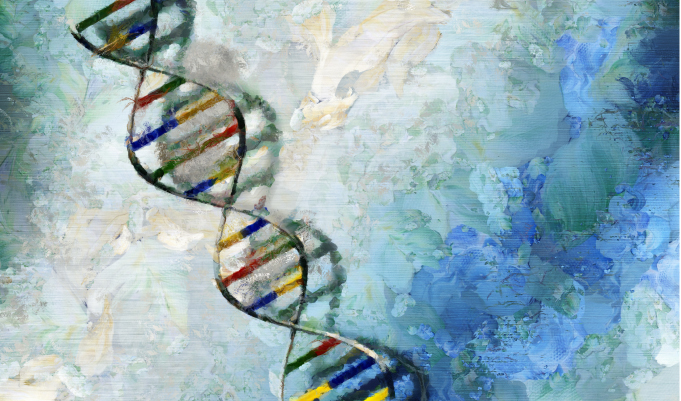Study of living tissues has gained wide spread application in microscopy with the advent of fluorescent dyes and inverted microscopes dedicated to their viewing. A critical component is maintaining physiological conditions in media formulations, including pH and osmolarity, without contributing to background fluorescence. Most cells are grown in media formulations that use bicarbonate buffers, requiring the continuous presence of CO2 to maintain physiological pH. Just 15 minutes outside a CO2 incubator can change the pH from 7.4 to 8.1, and to 8.7 after an hour.
Many of these formulations include phenol red which can have estrogenic effects, and quench fluorescence signals. Most media formulations also contain autofluorescent components like riboflavin and folic acid, that while quenched when phenol red is present, will autofluoresce when phenol red-free solutions are used. And while phenol red itself is not fluorescent, there may be contaminants present
Marker Gene Technologies, Inc. now offers HEPES based Opti-Klear™ Live Cell Imaging Buffer as an ideal substitute for growth media for all extended live cell imaging sessions. HEPES has a pKa of 7.66 making it a much stronger buffer in the pH 7.2 – 7.6 range than media formulations based on bicarbonate buffer.
Figure 1: Reduction of background fluorescence by switching from DMEM with 10% fetal calf serum to Opti-Klear™ Live Cell Imaging Buffer. HeLa cells were treated with JC-1 for 60 minutes to detect J-aggregate formation in healthy, polarized mitochondria and imaged with a 40 X oil objective and photographed with identical exposure times and light
Figure 2: Reduction of background fluorescence by switching from DMEM with 10% fetal calf serum to Opti-Klear™ Live Cell Imaging Buffer. HeLa cells were treated with JC-1 for 60 minutes to detect total mitochondria in healthy, polarized mitochondria and imaged with a 40 X oil objective and photographed with identical exposure times and light intensity.
Unlike the bicarbonate buffering system that requires the use of a CO2 incubator, the HEPES buffering system may be used with or without a CO2 atmosphere. Shipped in amber Nalgene bottles to prevent ambient light-induced toxicity, the sterile filtered Opti-Klear™ Live Cell Imaging Buffer is formulated to:
- Maintain proper pH and osmolarity for hours
- Lower background fluorescence
- Provide energy source and preserve fluorescent signals





